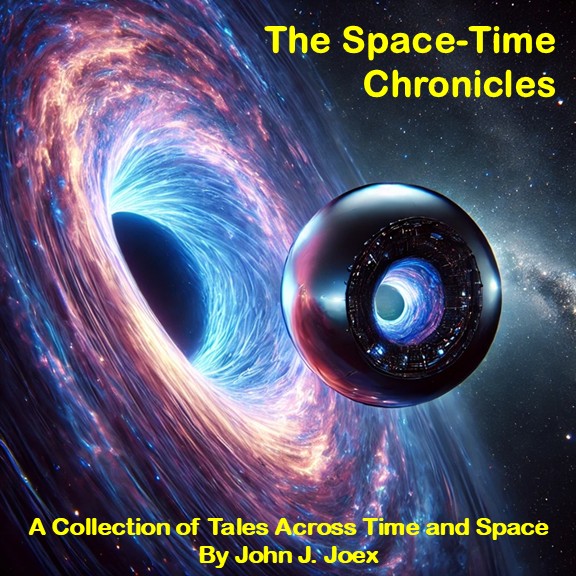I have discussed the idea of pre-funding in various capacities previously on this site, but with fans actively campaigning to save shows like Dark Matter, Stitchers, Zoo, Blood Drive, and more, it is worth revisiting (more on those campaigns at this link). Pre-funding is a concept that I have promoted which presents less of a fan-rage approach and more of a business-oriented solution to saving a show from cancellation. It would allow viewers to subscribe to (and commit to pay for) a new season of a television show and thus fund in advance a portion or all of the production costs. The network and/or studio could establish the cost per episode and total number of episodes that would be produced and also a minimum number of subscriptions that would need to be purchased for them to greenlight a new season. Once the threshold has been met, then the subscribers would be charged as with any crowd-funding campaign, and production could start to move forward on the new episodes. This would provide financial backing for a show that has been or is in danger of being cancelled and could provide the fans with at least a final season if not more (depending upon the success of the pre-funding campaign). Those who paid for the subscriptions would perhaps get to view the new season first through episode downloads and/or streaming and the network could then choose to slot the season into their schedule at some point later.
We can take a look at the numbers to get a better idea of how this would work. Let’s assume that the show in question has a budget of $3 million (which I believe is about average, possibly a little low, for a cable show these days). And let’s assume that the network has set the pre-funding price per episode at $4 (a little higher than the typical cost of an SD episode download on Amazon and iTunes) with a season order of eight episodes (they would likely prefer to go conservative on this number to keep overall costs down). And let’s also assume that they want to cover half the production budget of each episode from the pre-funding money. Crunching those numbers, the season would cost $24 and the campaign would need to raise at least $12 million (half of $3M per episode times 8). That would be a total of 375,000 subscriptions to achieve the target funding amount. It might be a stretch to achieve that goal, but it’s not impossible especially when you consider just how passionate the fanbases of some shows are (I believe that Dark Matter and Stitchers fans could make a good go at that).
Now if the network wants the production costs fully pre-funded before they will greenlight another season, that makes it more difficult and/or requires budget cuts for the show. But at least they put the fate of the show in the hands of the fans and they also work together with them to try and keep it alive. And considering the money that fans have spent on previous “Save My Show” campaigns (Jericho fans buying nuts, Pushing Daisies fans buying flowers, Sarah Connor Chronicles and Legend of the Seeker fans buying advertising time), wouldn’t it make more sense to channel those funds more productively toward production costs of another season?
The network will receive many benefits from this pre-funding situation. They will have a low-cost set of original episodes that they can schedule at some point during the regular season or Summer months which keep them active in the scripted series game. This would also be an economical way of stretching a show’s episode count so that it would be more attractive to the syndication market or at least it could wrap up unfinished storylines so that would play better to binge-watching on the streaming services. And it is also a means for a network to rely less heavily on the Nielsens in the current ratings challenged environment as the fans step up to kick in the funding needed due to a shortfall of advertising revenue.
Of course there are some drawbacks as well. Shortened episode orders or uncertain funding outcome could dissuade the actors and/or creative talent from remaining involved with the show. The networks would have to come up with a means of running the pre-funding campaigns and collecting the money, though existing services like Kickstarter could be utilized. It may prove difficult to slate these shortened runs into the always busy production schedules. But these are not impassable barriers, so they should not be seen as reasons not to explore this option.
How exactly this would work remains to be seen. The most crucial point is to get the network/studio (and/or possibly the production company) on board. Without their involvement, nothing can move forward because they own the property. A means would have to be set up to run the campaign, likely in house so that funding is not lost to a middle party. But then it’s also possible that the network/studio could give the greenlight to fans to run a campaign like Warner Bros. did for Rob Thomas with his Veronica Mars movie. Though without the blessing of the property owners, any campaign of this type would be pointless because the fans could do nothing more once they raised the money. But if all parties work together, then much can be accomplished. And most importantly, this is a business solution that addresses the bottom dollar which is what the network and studio executives are tasked with managing.
I have lobbied for pre-funding as a means to save cancelled shows before, and several groups of fans have picked up on the initiative and pushed for the networks to offer this as an option. I don’t count this as a Save My Show campaign, but rather and opportunity for the fans and networks/studios to partner together. No network or studio has shown an interest yet, but then any well-entrenched industry is slow to change. With the ever-fractured viewing audience and the many shows out there hovering around with low ratings numbers that register as little more than buzz among the Nielsens, other options are needed to make up for the shortfall in advertising revenue (or replace it altogether). Whether it ever becomes a reality remains to be seen, and it will hinge heavily on the willingness of the decision makers in the industry to change with the times. But it is definitely an option worth exploring and one which I believe the fans should lobby heavily for.








I know that with the recent cancellation of “Dark Matter”, a lot of fans of that show were discussing ways to crowd-fund or otherwise basically pre-fund further seasons of the show – the phrase I used was “cutting out the middle-men” of advertisers and network suits.
Unfortunately, in the case of “Dark Matter”, it seems that it wasn’t funding per se that doomed the show – ultimately, it sounds like the show was doomed by a disagreement over whether the network or the show’s creators would control the show’s decision-making, creative aspects, and funding, and the network appears to have gotten the last word in for that disagreement by canceling the show, and then using contract fine print and lawyers to shut down any possibility for the show’s creators to take the show elsewhere, even though the support from elsewhere appears to have been there.
Ultimately, the landscape of television has changed a lot over the last century or more from its beginnings in the radio industry, just as the music, film, and other entertainment industries have been changing, and it’s just a matter of time before the people producing independent content catch up to those changes; nowhere is this more obvious than in the willingness of private patrons to crowd-fund creative new content for movies, and active fan bases to offer to crowd-fund new seasons of their favorite shows or music albums from their favorite musicians.
But before any of that can really start changing, the “buggy whip” industries like cable networks are going to have to change, or ultimately be replaced by (e.g.) streaming services or other modern alternatives better able to keep up with the changing times. There’s only so far that the sort of enforced dependency through contracts and “the way it’s always been done” can keep going in maintaining a status quo before someone with a better solution starts reaching independent creators first, forcing the old status quo to change.